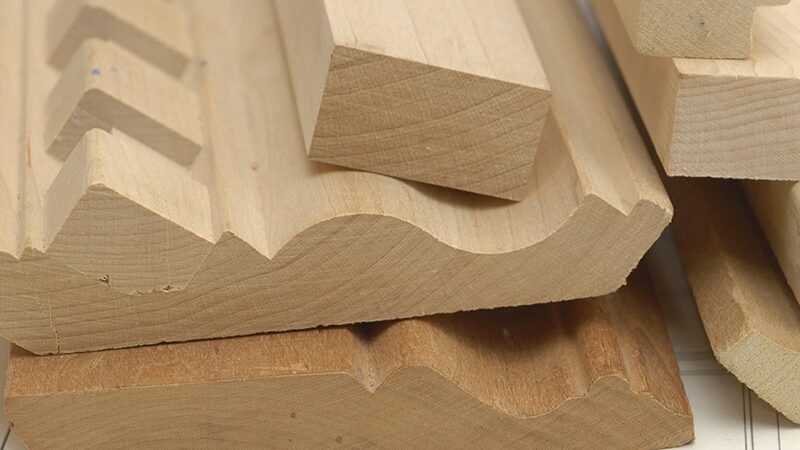Rattan vs. Wicker: Understanding the Differences in Design Materials

When selecting furniture and home décor, the materials you choose can significantly impact your space’s aesthetics, durability, and overall feel. Two terms often arise in the design world: “rattan” and “wicker.” While these words are frequently used interchangeably, they refer to different aspects of design materials. This comprehensive guide will delve into the differences between rattan and wicker, helping you understand what sets them apart and how they can enhance your living space.
The Origin and Nature of Rattan
Rattan is a flexible and strong material derived from the stems of palm trees native to tropical regions like Southeast Asia, Africa, and Australia. It grows as a vine, reaching up to 100 feet in length. After harvesting, the outer skin is peeled, and the inner core is cut into thin strips. The material is then used to craft durable furniture and decorative items.
Characteristics of Rattan
Rattan is valued for its strength, durability, and lightweight nature. It can bend and curve without breaking, making it ideal for intricate furniture designs. Resistant to heat, moisture, and insects, rattan is suitable for indoor and outdoor use. While naturally pale, it can be stained or painted to suit various décor styles, adding a natural touch to any home.
Uses of Rattan in Design
Rattan is often used to create a wide range of furniture, including chairs, tables, beds, and sofas. Its flexibility allows artisans to create intricate patterns and designs that are both functional and aesthetically pleasing. Beyond furniture, rattan is also used to produce baskets, screens, and decorative items. In modern interior design, rattan is celebrated for its ability to blend seamlessly with various styles, from bohemian to coastal to modern. It’s organic texture and warm tones add a natural, earthy element to any space.
What is Wicker?
Wicker, on the other hand, is not a material but a technique. It refers to the weaving process used to create furniture and other items from various flexible materials, including rattan, willow, bamboo, and synthetic fibers. The term “wicker” is derived from the Scandinavian word “wika,” which means to bend, and it has been used for centuries to describe the art of weaving materials into furniture.
Materials Used in Wicker
Wicker can be made from natural materials like rattan, bamboo, and willow, known for their flexibility and strength, or synthetic materials like polyethylene, which mimic natural wicker but offer greater durability and weather resistance, making them ideal for outdoor furniture.
The Versatility of Wicker
Wicker is prized for its versatility and timeless appeal, offering classic and contemporary furniture styles. Lightweight and breathable, wicker is comfortable and easy to move. Wicker trunks, in particular, are popular for both storage and decoration. Their woven texture adds rustic charm, while sturdy construction makes them ideal for holding various items. Whether in a living room for blankets or a bedroom as a unique dresser, wicker trunks provide style and functionality.
Rattan vs. Wicker: Key Differences
- Material vs. Technique: The primary difference between rattan and wicker is that rattan is a material, while wicker is a weaving technique. This distinction is crucial because it means rattan can be used to make wicker furniture, but wicker can also be made from other materials. When you see a “wicker” chair or basket, it could be made from rattan, but it could also be made from bamboo, reed, or synthetic fibers.
- Durability and Use: Rattan is known for its strength and durability, making it an excellent choice for furniture that can withstand regular use. It’s particularly popular for outdoor furniture, although it should be protected from direct exposure to the elements to extend its lifespan. Wicker, however, can vary in durability depending on the materials used. Natural wicker, while beautiful, is more vulnerable to weather conditions and requires more maintenance. Synthetic wicker is highly durable and can withstand outdoor conditions with minimal upkeep.
- Aesthetic Appeal: Both rattan and wicker offer unique aesthetic qualities that can enhance the look of your home. Rattan furniture tends to have a more organic, rustic appearance, with visible grain and texture that adds warmth to a space. Wicker, because it can be made from various materials and woven in different patterns, offers more versatility in design. It can range from traditional, intricate weaves to modern, minimalist styles.
- Comfort and Practicality: Rattan furniture is often praised for its comfort, especially for chairs, sofas, and loungers. The natural give of the rattan fibers provides a comfortable seating experience, and it pairs well with cushions for added softness. Depending on the materials and weave, wicker furniture can also be comfortable but may require cushions for long-term seating comfort. The weaving process can create slight gaps and uneven surfaces, which are more comfortable with additional padding.
Conclusion
Understanding the differences between rattan and wicker is key when choosing furniture for your home. Rattan is a strong, sustainable material with natural appeal, while wicker offers design versatility through various weaving techniques. Whether you prefer the rustic charm of rattan or the intricate patterns of wicker trunks, knowing their characteristics and maintenance needs will help you make an informed decision. Consider your environment, lifestyle, and style preferences to select the best option, ensuring your furniture adds warmth, texture, and elegance to your space for years to come.



